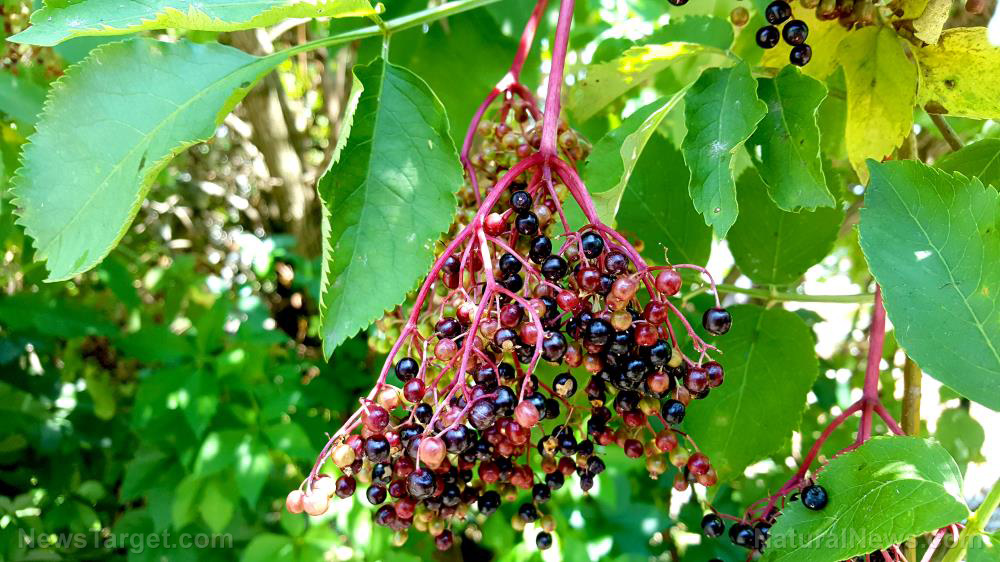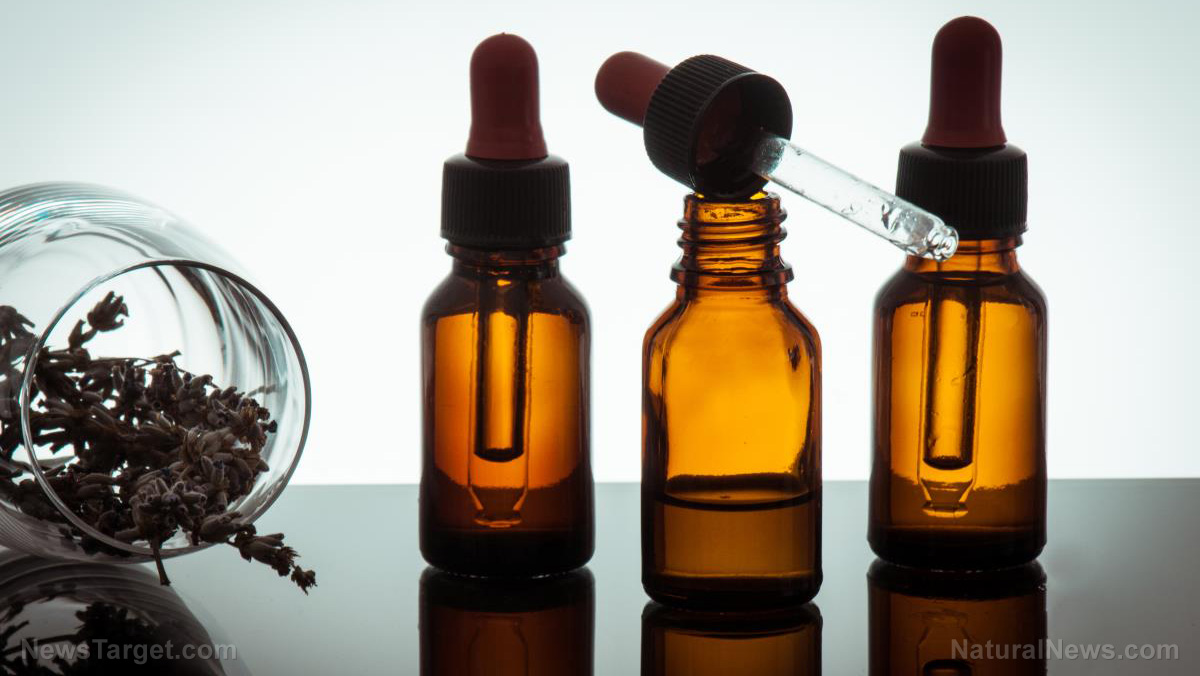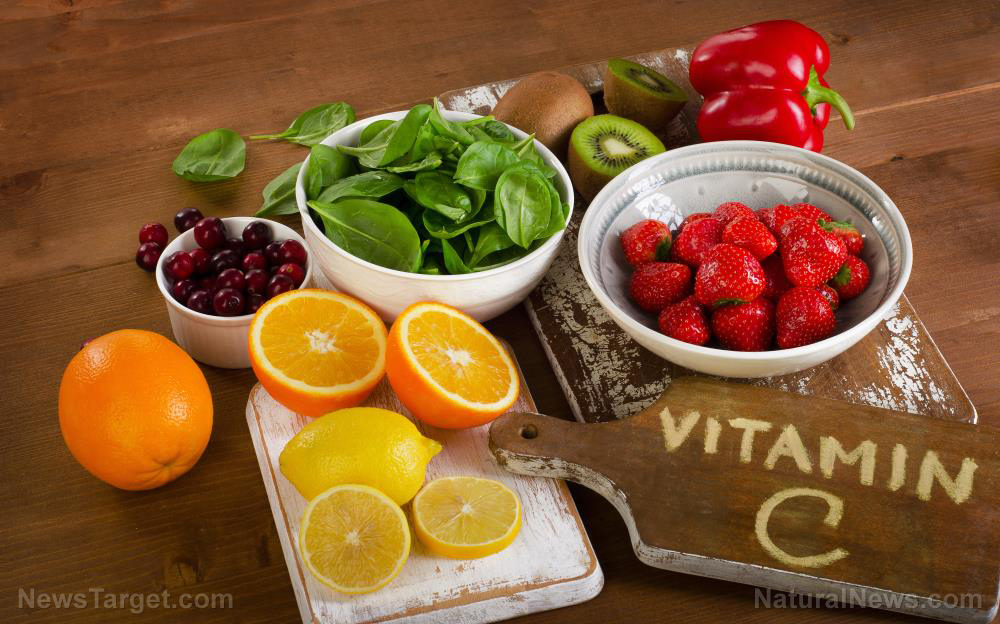These foods can ease the symptoms associated with acid reflux
01/20/2019 / By Zoey Sky

The American Gastroenterological Association (AGA) reports that over 60 million Americans will experience heartburn at least once a month, while 15 million people suffer from the condition daily. Heartburn is a symptom that is often associated with acid reflux and gastroesophageal reflux disease (GERD). Acid reflux is characterized by symptoms such as a bloated stomach and while the condition can be a minor inconvenience, it should still be treated early on before it worsens. GERD, the chronic form of acid reflux, may affect quality of life.
If you suffer from either of these two conditions, you may want to try some of the natural remedies below.
There is no single food that can prevent or reverse acid reflux or GERD, but some foods can help relieve the internal burn associated with these conditions.
- Aloe vera juice – Aloe vera juice has anti-inflammatory properties that can help ease irritation in the esophagus caused by acid reflux.
- Banana – Banana, which has a low-acid content, can offer relief to a person suffering from acid reflux since it can stick to the irritated esophageal lining. (Related: Natural remedies for acid reflux.)
- Papaya – This fruit contains an enzyme called papain that can help with digestion. Researchers from the University of Illinois at Urbana-Champaign suggest that papaya’s proteolytic enzymes and fiber content are also a good source of short-chain fatty acids, which are “the most important product of fermentation.”
- Yogurt – Dairy products like yogurt can sometimes reduce the symptoms of acid reflux. Eat plain Greek yogurt without any added sugars, or add some organic honey for sweetness (if needed).
What is acid reflux?
Maria Bella, a Registered Dietitian and the founder of Top Balance Nutrition, explains that acid reflux occurs when stomach acid flows back up into the esophagus, which can irritate the tube that connects the throat to the stomach. Bella, who is also the author of “The Complete Idiot’s Guide to The Acid Reflux Diet,” added that the lower esophageal sphincter (LES), which is a ring of muscle fibers at the bottom of the esophagus, helps prevent food from going back up. She noted that if a person’s LES doesn’t fully close, the contents of their stomach may leak into the esophagus, which causes acid reflux.
The common symptoms of acid reflux may include:
- A bitter taste in the mouth
- Chest pain
- Coughing
- Difficulty swallowing
- Heartburn
- Regurgitation
- A tight feeling in the chest
These symptoms may get worse when reclining.
A person with GERD can experience the following symptoms:
- Asthma
- Bad breath
- Chest pain
- Damage to tooth enamel (because of excess acid)
- Heartburn
- Persistent dry cough
- Regurgitation (feeling like stomach contents have come back up to the throat or mouth)
- Trouble swallowing
Certain factors, such as alcohol use, obesity, pregnancy, and smoking can increase your risk of developing GERD.
One of the best ways to prevent acid reflux or GERD is to make dietary changes. Consume more plant-based protein and add more fruits and vegetables to your diet to manage your condition, suggests Jaclyn London, the Good Housekeeping Institute’s Nutrition Director.
If you regularly suffer from heartburn and indigestion, start a food log so you can identify and avoid potential triggers.
People may have different heartburn triggers, but listed below are some of the common triggers of the condition:
- Alcohol
- Baked goods
- Chocolates
- Citrus
- Coffee
- Fried foods
- Peppermint
- Processed meats
- Soda
- Spices
If you have acid reflux or GERD, make dietary changes and eat more of the foods listed above to relieve your symptoms.
Visit Remedies.news to read more articles about other natural and effective remedies for acid reflux.
Sources include:
Tagged Under: acid reflux, aloe vera, alternative medicine, bananas, disease treatments, Gastroesophageal reflux disease, GERD, grocery cures, heartburn, herbal medicine, herbal remedies, home remedies, natural cures, natural healing, natural health, natural medicine, natural remedies, Papaya, remedies




















